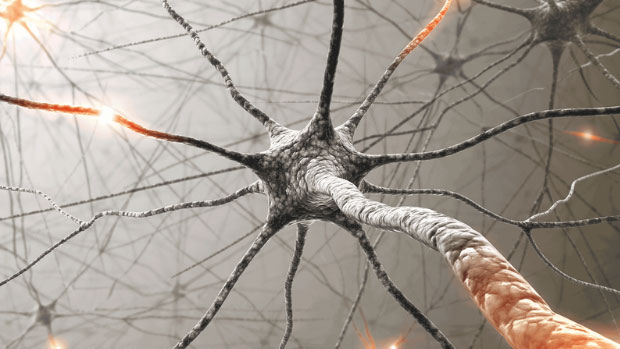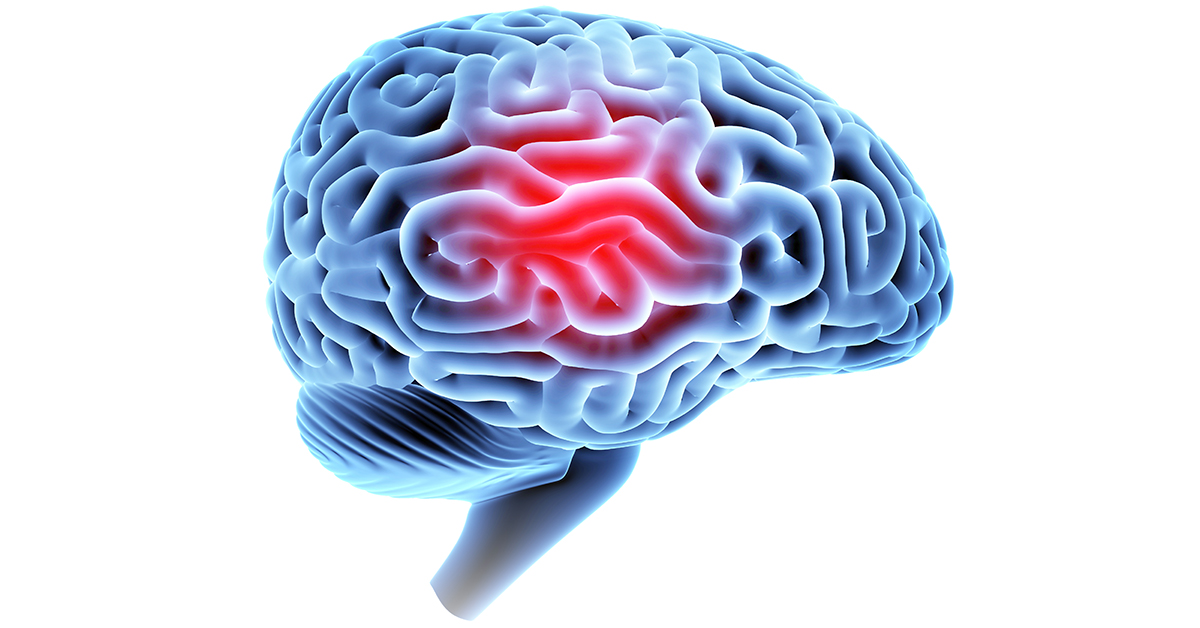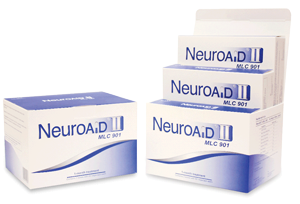 Español
Español
Australia toll free: 1800 037 942
UK toll free: 0808 189 1068
Singapore direct line: +65-6211-3710 ext 152

Improve Your Recovery After Suffering a Traumatic Brain Injury (TBI)
Traumatic Brain Injury is a major cause of long-term disability in industrialized and developing countries across the world.1
NeuroAiD™ is a natural remedy that can help provide a better opportunity to repair the neurological deficits after a TBI*.


Life After a Traumatic Brain Injury
TBI is an injury to the brain caused by mechanical force or from penetration of objects into the skull. It is usually classified as mild, moderate and severe based on the GCS (Glasgow Coma Scale). Despite the level of severity, all TBI patients suffer devastating consequences.
TBI is a lifelong disability that necessitates a significant change in a person’s life to his/her physical, cognitive, behavioural and emotional consequences2. From the patients’ perspective, it negatively impacts the person’s self-image, wellbeing, and life satisfaction, which is needed to feel and be normal in society. There is increasing evidence that people can experience persistent symptoms after the injury, especially cognitive symptoms3. Even mild TBI including concussion (temporary unconsciousness or confusion and other symptoms caused by a blow on the head), which constitutes up to 95% of TBI4 can cause long-term cognitive problems that affect a person ability to perform daily activities and to return to work5.

Recovering From TBI
The course of recovery for a patient differs from one person to the other, depending on many factors including age, severity and the presence of posttraumatic memory loss during the time of trauma6. As one individual is unique to the other, treatment and management of each post-TBI patients are tailored by the treating physician to ensure the best outcomes. The journey can be long and distressing for the patient as well as to family and friends. Hence, the level of motivation and self-awareness for recovery also plays an important factor, especially during rehabilitation sessions. Combining a medical intervention may also facilitate adaptive neuroplasticity* with rehabilitation7,8.
* Neuroplasticity: The brain’s ability to reorganize itself by forming new neural connections throughout life. Neuroplasticity allows the neurons (nerve cells) in the brain to compensate for injury and disease and to adjust their activities in response to new situations or to changes in their environment.
NeuroAiD II™
NeuroAiD II™ is a recovery stimulator dedicated to supporting neurological functions and creating a favorable environment to enhance neuroplasticity.*†
Precisely, NeuroAiD triggers the production of new neurons in our brain (neurogenesis) and favors connections between neurons by stimulating the formation of new dendrites and synapses (neuroplasticity).†
This favors the formation of new functional neuronal circuits, which are key for achieving a full recovery. The changes in the brain materialize into faster and higher improvements in neurological functions during rehabilitation.† This neurorestorative activity of NeuroAiD was established in 2010 by a team of French scientists and published in a peer-reviewed international journal.

Make the Most Out of Your Precious Recovery
Click below to see if you qualify to purchase and use NeuroAiD™ as part of your rehabilitation program.
References
(1) Hyder AA, Wunderlich CA, Puvanachandra P, Gururaj G, Kobusingye OC. The impact of traumatic brain injuries: a global perspective. NeuroRehabilitation. 2007;22(5):341–353
(2) Langlois et al The Epidemiology and Impact of Traumatic Brain Injury. J Head Trauma Rehabil September 2006. Vol21:5 375-378
(3) Theadom A, Starkey N, Barker-Collo S, et al. Population-based cohort study of the impacts of mild traumatic brain injury in adults four years post-injury. Sharma P, ed. PLoS ONE. 2018;13(1)
(4) Feigin VF et al. Incidence of traumatic brain injury in New Zealand: a population-based study. Lancet Neurol. 2013;12(1):53–64
(5) Matérne, Marie, Lars-Olov Lundqvist, and Thomas Strandberg. Opportunities and Barriers for Successful Return to Work after Acquired Brain Injury: A Patient Perspective. Work (Reading, Mass.) 56.1 (2016): 125–134.
(6) Katz DI, Alexander MP. Traumatic brain injury. Predicting course of recovery and outcome for patients admitted to rehabilitation. Arch Neurol. 1994 Jul;51(7):661-70.
(7) Quintard H, Lorivel T, Gandin C, Lazdunski M, Heurteaux C: MLC901, a Traditional Chinese Medicine induces neuroprotective and neuroregenerative benefits after traumatic brain injury in rats. Neuroscience 2014; 277: 72–86.
(8) Suwanwela NC et al. Effect of Combined Treatment with MLC601 (NeuroAiDTM) and Rehabilitation on Post-Stroke Recovery: The CHIMES and CHIMES-E Studies. Cerebrovasc Dis. 2018 Sep 5;46(1-2):82-88
† The results may vary.
* Disclaimer: This statement has not been evaluated by the Food and Drug Administration. This product is not intended to diagnose, treat, cure or prevent diseases. Products effects of recovery may vary among individuals.
The product reviews are provided for informational purposes only and reflect the views and opinions expressed by the collaborators and not those of Moleac. We do not verify or endorse any claim made in these reviews. All testimonials and product reviews are authentic from real customers. There is documentation available for legal inspection. The product reviews are within the range of typicity.
NeuroAiD™ by Moleac Pte Ltd, Helios #09-08, 11 Biopolis Way, 138667 Singapore
Copyright 2003 – 2022. All rights reserved.
